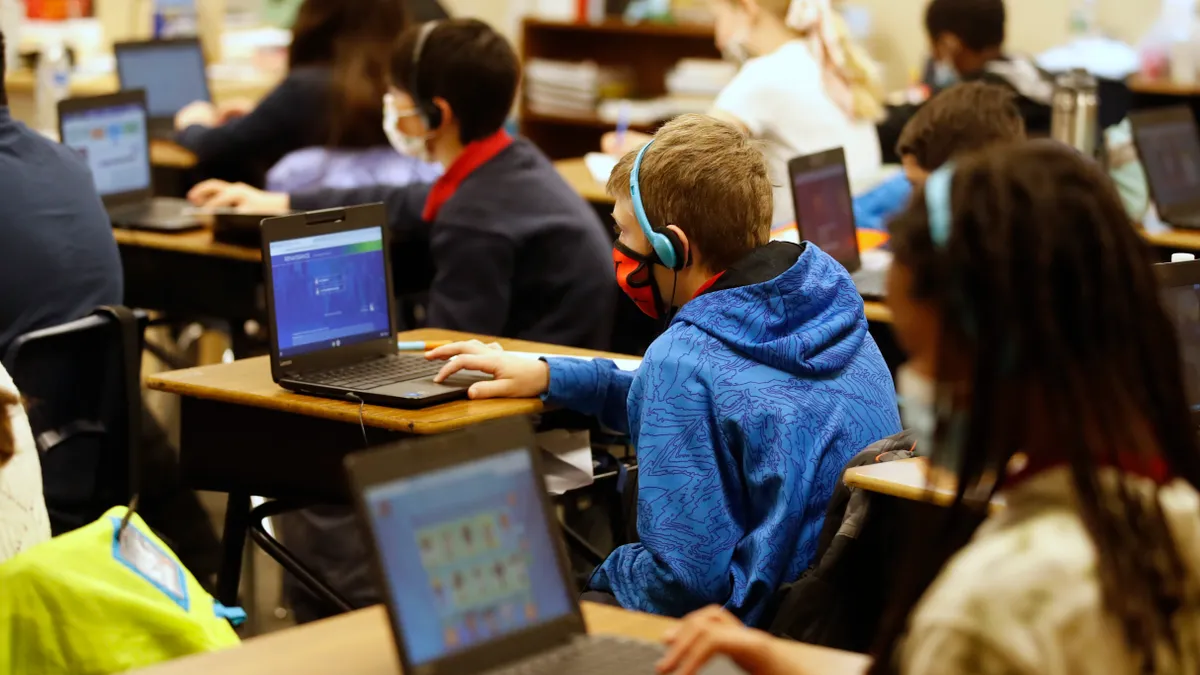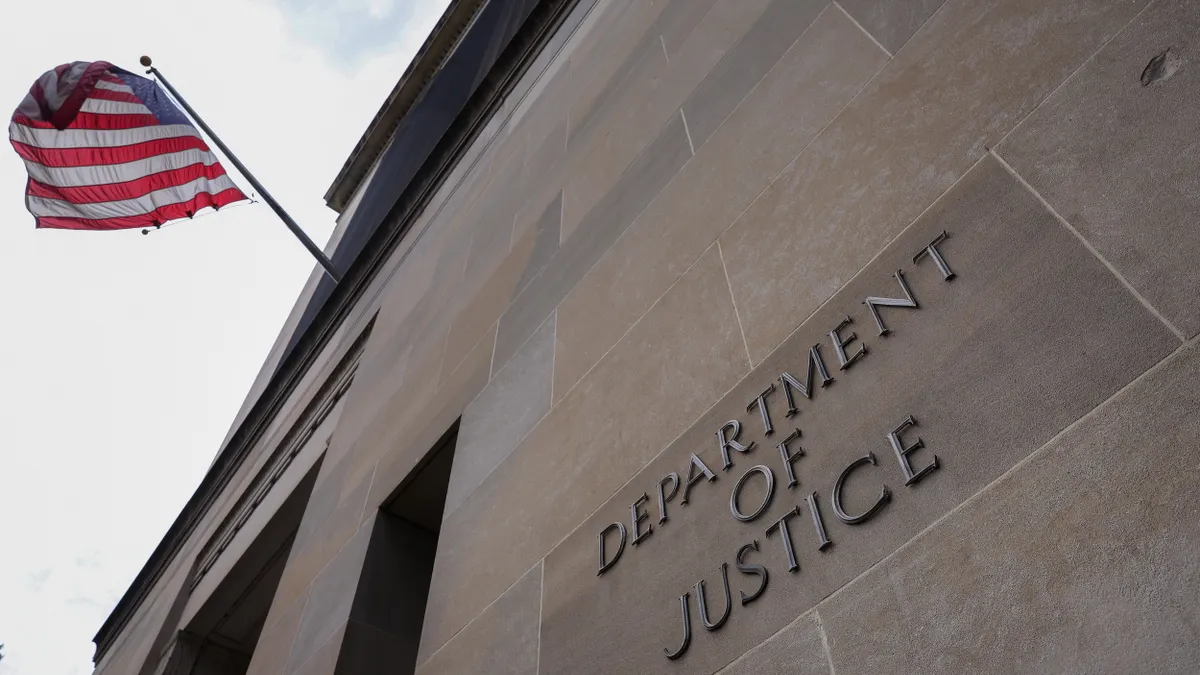Ian Rosenblum is a principal at ILO Group and previously served as deputy assistant secretary for policy and programs in the U.S. Department of Education's Office of Elementary and Secondary Education during the first year of the Biden Administration. Ian earlier served in the New York and Pennsylvania Governor's Offices and led a non-profit educational equity policy and advocacy organization.
As we mark the second anniversary of the pandemic, I’ve been thinking about a teacher I met this past year while serving in the U.S. Department of Education.
In conversation with a small group of educators, she recalled a student saying that her class was where this student came to share his truth.
That small moment captures so much about what many students lost during the pandemic, and the challenges we face in the recovery ahead.
I’ve never sat in that teacher’s classroom. But I imagine it reflects two pillars of great schools: first, the essential relationship between students and well-prepared, supported, and diverse educators; and second, the importance of a safe learning environment with a challenging curriculum that helps all students thrive and explore hard questions with honesty and respect.
Today, we’re back in classrooms, with nearly every student in the country learning in person again and unprecedented federal funds to support recovery and make our education system work better for students who have long been underserved.
And yet, there is also an extraordinary amount of insecurity and apprehension about what lies ahead. Teachers and administrators are exhausted. Students have lived in near-constant turmoil. And the pandemic left many parents deeply upset about the lack of quality instruction for their children and the failure to deliver critical services like special education during remote or hybrid learning — often despite tireless efforts by their schools and educators.
As is always the case, some see this complicated moment as an opportunity for political advantage. But their agendas — in the guise of “parents’ rights” — aren’t actually the answers parents are looking for.
But the politics of the moment do offer one important lesson: We need to send a clearer message to parents about what they have a right to expect from their schools. We can’t afford to let others shape this narrative.
States and districts are already using federal pandemic recovery funding to deliver for families — from Tennessee’s high-quality tutoring to Maryland’s menu of evidence-based interventions including early literacy, and from Dallas' work to increase learning time to Washington-based Highline Public Schools' focus on mental health. We can build on these successes.
So what would a real “bill of rights” for pandemic recovery look like if it was meant to respond to the aspirations of parents and all caregivers and to support student success?
First, every child deserves access to great teachers and educational leaders. That means paying teachers and school staff higher salaries. It also requires recruiting, preparing and supporting the best professionals to remain in our schools — and especially in schools that serve students with the greatest needs — while intentionally enhancing educator diversity.
Second, every child must be guaranteed the academic help they need — every year. The pandemic has left parents fearing their children may never catch up. Parents deserve confidence that if their child needs high-quality tutoring, more time in the school calendar, an enriching after-school program or great summer school, they will get it — no matter what. And since students need to be in the classroom to learn, it’s time to end the overuse of exclusionary discipline.
Third, every child will be prepared for the path of their own choosing after high school. That starts with giving every child the basics: early literacy based on the science of reading and a K-12 curriculum that is rich, rigorous and fully represents our diverse nation. It also means enabling every student to both earn college credit by succeeding in advanced courses and participate in work-based learning.
Fourth, support for students’ well-being will be treated as a must-have — not an add-on. The pandemic has thrown students’ physical and mental health into stark relief. Schools cannot be responsible for everything, but state and local governments partnering with families, schools and community organizations can ensure all students are supported.
And fifth, every family can count on trustworthy data to know how their children are doing. Yes, families need clear information on whether their child is meeting the same academic standards in reading and math as all students in the state. But that should just be the beginning: Families also deserve data spanning from early childhood program quality to college, military, workforce and other lifelong outcomes of student success.
Parents want to know their schools are looking out for their child. Policymakers and political leaders should offer an agenda that meets them where they are and provides the support to deliver.



















